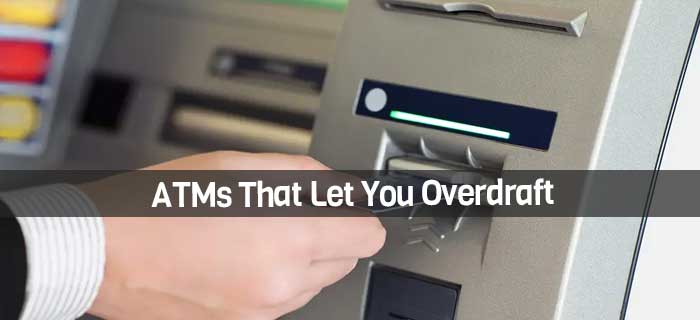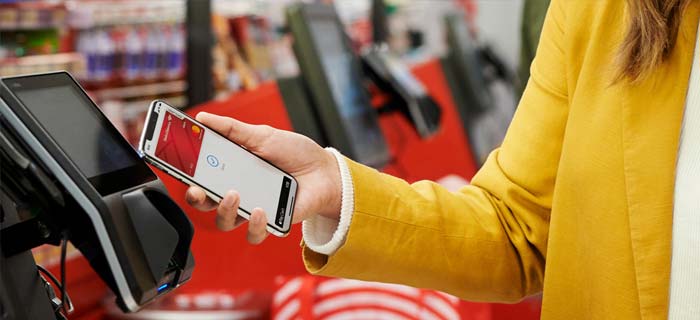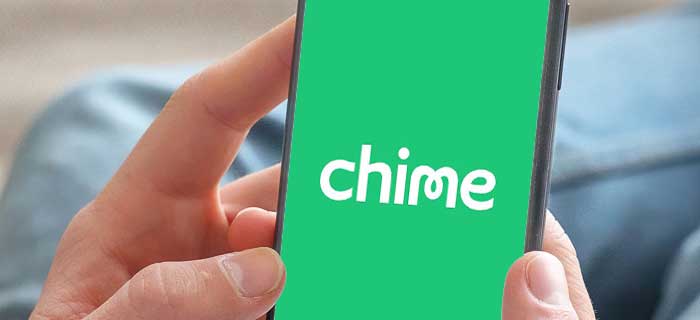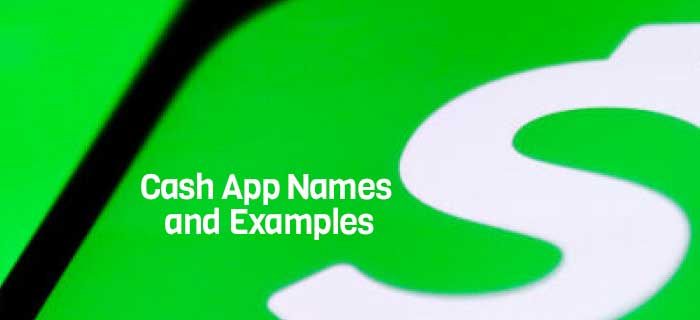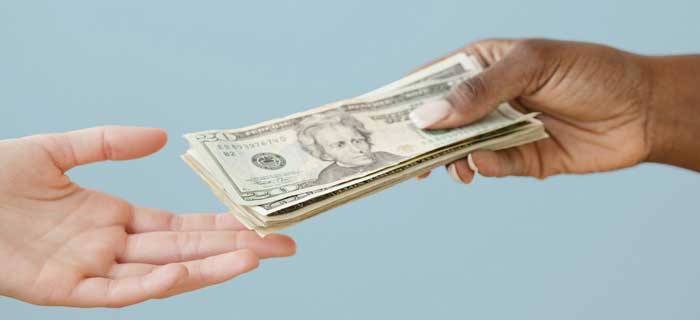Running out of cash can get extremely frustrating and difficult when you are in dire need and there’s no balance in the account too. People explore alternatives like getting cash from credit card but this can be quite expensive as well.
What you can do in this situation is look for the ATMs that let you overdraft to cover the expenses. Each of them has a different set of policies and fees which you must have a look into before opting for overdraft.
What Are The ATMs That Let You Overdraft?
Whenever your account reaches zero balance, the respective bank facilitates the process referred to as the extension of credit. Several banks allow you the overdraft service if you do not have enough funds in your account.
Through the overdraft, you can have access to the funds you want when there is an insufficient amount in account. However, the overdraft is practically considered as a loan. Therefore, you will have to pay an overdraft fee on the amount you withdraw.
Several banks also allow overdraft protection which helps you avoid insufficient funds charges, but does include interest and other fees.
To help the customers manage their financial burden, many ATMs let you overdraft. Some of these include:
1. Capital One
Capital One has various overdraft options for the customers where you can break free from overdraft fees on your checking account. You can choose the overdraft coverage as per your requirements by signing in to your Capital One Account.
For further convenience, Capital One has fully eliminated any of the overdraft fees for the customers. The overdraft options of Capital One include Auto-decline, where your transactions are declines causing overdraft on your account, free transfer of funds from your saving or money market account, and no-fee on approved transactions.
Capital One’s no-fee overdraft does not charge overdraft fees on approved check payment, electronic payment or recurring card payments.
2. Chase
Another financial platform that assists you in covering several payments providing overdraft service is Chase. The overdraft fee at Chase varies with the amount, for instance, on Chase Overdraft Assist, there is no overdraft fee on drawing $50 or less.
Apart from this, it typically costs a $34 Insufficient Funds Fee per item and a maximum of $102 per business day. In addition, it also offers the banking customers Overdraft Protection to link your saving account to the checking account and you can send money from your savings account to cover your overdraft transaction.
To reduce your overdraft fees, you can sign up for secure banking, overdraft protection, or choosing not to opt-in to Chase Debit Card Coverage.
3. Union Bank
The bank pays or authorizes the Debit against your insufficient Available Balance in your checking account and it depends on various factors, most important of which is the financial payment history. Please note, that after 30 days of account opening, no such Debit is paid or even authorized by the bank.
As for the overdraft coverage, the Union Bank charges $0 annual fees, a $33 overdraft fee per item with a daily maximum of $165, and an additional fee up to $30. The same charges go for the debit card overdraft coverage in addition to zero fees for declined ATM and debit card transactions.
Union Bank charges an additional fee of $6 if you do not make a deposit of funds to cover the overdraft amount by the 7th calendar day of your overdrawn deposited amount.
4. US Bank
The next one on our list is the US Bank that tries to cover the transactions when there is not enough money in your checking account. Different overdraft coverages that are offered by US banks are Standard overdraft coverage and ATM & Debit Card overdraft coverage. In addition, it also offers Overdraft Protection for which you need to have an eligible account.
US Bank charges an overdraft fee of around $36 for every item they pay on your behalf. However, the fee is only charged in case your item is more than $5.01 and no less than that. The maximum that the bank would charge you is $144 per day with an overdraft protection fee of $12.50 for one transfer.
Please note, that US Bank has limits on the number of charges to a daily maximum of four Overdraft Paid Fees per day regardless of several items they pay on your behalf.
5. Wells Fargo
The bank helps you in managing the overdrafts through its Overdraft Rewind which is an automatic feature for the consumer checking account. The bank waives the fees if your recent electronic deposit in the account covers the transactions that led to overdraft fees in the first place. In addition, Wells Fargo offers two overdraft services which are optional and you can use them as per your requirements.
These are the Overdraft Protection and Debit Card Overdraft Service. In the former one, you have to link two eligible accounts and it costs $12.50 per transfer, while in the latter one if you use it to approve a transaction into overdraft, the standard overdraft fee for that is $35 at Wells Fargo.
All in all, the bank lets you overdraft three times in one day with a maximum fee of up to $105 per day.
6. SunTrust
SunTrust offers banking consumers seamless integration with digital payment applications and several ways to earn cashback. As for the overdrafts, SunTrust offers Overdraft Protection which is completely free of cost, whereas, Overdraft Assurance line of credit costs a $7 monthly service fee which is debited from your checking account.
If you withdraw from the Essential Checking account at SunTrust, you will have to pay an overdraft fee of $36. On the whole, you can only make up to a total of six overdrafts in one day. Transactions Paid Option is yet another one you can opt for which authorizes ATM transactions or one-time debit card purchases and costs $36 overdraft fees.
The maximum amount that SunTrust charges you is $216 per day and the overdraft protection costs you $12.50 per transfer.
7. PNC Bank
To cover up your low cash moments and occasional overdrafts, PNC has its well-equipped overdraft solutions to help you with. It is powered with the virtual wallet with Low Cash Mode which instantly reminds you if your balance is running low and gives you a maximum of one day to avoid any overdraft fees or prevent negative balance in your account.
You can also opt for Overdraft Protection by linking your checking account with an eligible PNC account and transferring funds from your Protecting Account to cover any purchases. With overdraft coverage, you can cover your ATM and one-time debit card transactions if you overdraw your account.
PNC charges a $36 fee per item and lets you overdraw your checking account if it is more than $5. As for the overdraft protection transfer fee, the bank charges you $10.
8. BMO Harris Bank
BMO Harris pays checks, automatic bill payments, and several other transactions that might overdraw your account at their discretion. It is important that you select the Overdraft Program for ATM and also the Everyday Debit Card Transactions otherwise the bank declines the services.
The bank charges you an overdraft fee of $36 for each item it pays if your account is overdrawn more than $50. In addition, you are allowed a maximum of three overdrafts in one business day. The bank charges you for it collectively. On the contrary, there is no fee for the ATM and everyday debit card transactions.
It has an NSF fee i.e., the Item Returned Fee which charges $36 every time the item is returned unpaid because of insufficient balance in the account.
Other Banks That Allow Overdraft
- USAA
- TD Bank
- Santander Bank
- Associated Bank
- BBVA Compass
- Regions Bank
- M&T Bank
- Fifth Third Bank
- HSBC Bank
- Citi
- Charles Schwab
Does ATMs That Let You Overdraft Affect Credit Score?
Overdrafts can be considered as a loan amount that your respective banks assist you with covering your financial purchases in case of zero account balance. These are either authorized or unauthorized, but each of them does appear on your credit report.
In case you haven’t utilized the overdraft, there will be zero balance on the report. Whereas if you do make an overdraft, that respective amount will be displayed on your report. If you successfully pay back the overdraft by the end of each month, the amount changes back to zero balance and your current available balance.
Generally, overdrafts do not have any impact on your credit score as long as they don’t go beyond the limit. It would lead to a very bad impression of your financial activities if you don’t pay back the overdraft within the designated time.
Regular repayments of overdrafts do not have a negative impact on credit score. On the contrary, if there is a recurring overdraft and late repayments, it might hurt your credit score.
To improve your credit rating within the assigned limit, regularly pay off the overdraft. Also do not use an unauthorized overdraft.
Overdraft Amount Limit on ATMs to Look For
Every convenient feature has its upsides and downsides, and it is important to evaluate both of these in detail. While overdrafts can help you cover expenses, there are several loopholes that you must not ignore.
For instance, only a small amount of overdraft can charge you with an excessive amount of fee. To avoid so, kindly take a look at the bank’s policies before you step in for the overdraft. Make sure you educate yourself on the lowest and highest dollar amounts associated with the withdrawals.
The average fee on the ATM withdrawal is $35 which increased from $30 in successive years.
Overdraft My Account from ATM without Overdraft Fees
One of the exciting and manageable paths you can opt for as an alternative to overdraft is to look for the banks that provide provisions where money is automatically transferred from one account to another. This will reduce the overdraft costs otherwise.
It works in a way that when you overdraft from one account, the amount from the other linked account is transferred to the former account automatically.
A couple of loan lending apps that allow you to make ATM withdrawals and help fill the bank account with cash include:
1. PockBox
- It allows you to receive funding up to the amount of $25,00.
- There is no restriction on the credit type when requesting funds.
- You can get access to personal loans online as the application is pretty straightforward.
- Funds are readily available in the account on the next business day.
2. Chime
- Use SpotMe with zero overdraft fees to make ATM withdrawals or debit card purchases.
- Chime offers a direct deposit of $200 without charging an overdraft fee.
- The minimum withdrawal limit is $20 and goes up to a maximum of $200.
- Overdraft $20 right away and escape the bank-breaking overdraft charges of banks.
Similar to getting cash advance from Chime, you can also borrow money from Venmo or get loan from Cash App.
How to Avoid ATM Overdrafts
To prevent ATM overdrafts on your accounts, here are a few things you must keep in mind:
- Keep a record of your available account balance through the mobile application or ATM receipts during transactions.
- Link your savings and checking account as a backup plan in the overdraft situation.
- Try using low-interest credit cards with overdrafts.
- Make a deposit as soon as possible after the overdraft occurs.
- It would be best to set up notification alerts telling whenever you are running low on the balance.
Before You Go!
Overdrafts can be very useful at the time of financial crises. However, you must not ignore the fact they come with a heap of fees which is even greater than the amount you are over drafting. However, several ATMs that let you overdraft where your bank would take responsibility at their discretion to cover for you.
It is fair if you use an overdraft within the limit, as on recurrent usage, it can lead to mismanagement leaving a negative balance in your account. This will affect the credit rating directly. It is very important to keep in mind the fees and other additional charges that come packed with banks’ overdraft services.

Miriam Caldwell is a dedicated & expert freelance writer to educate people about personal finance management and budgeting. She shared her knowledge and published the articles at TheBalance.com, GOBankingRates, and BlissfullyDomestic.com. Many financial institutes pick Caldwell as the brilliant source for educational personal finance content.

